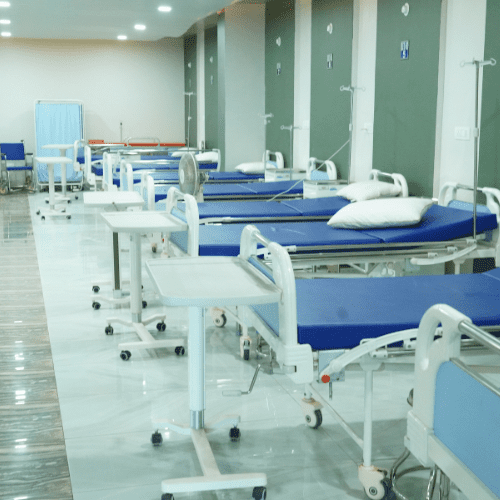The National Rural Health Mission (NRHM) was launched in 2005 by the Government of India, targeting the healthcare disparities prevalent in rural areas. It aimed to provide accessible, affordable, and quality healthcare to the rural population, especially vulnerable groups. The mission’s implementation involved a multi-faceted approach, including enhancing healthcare infrastructure, improving service delivery, and increasing community participation. This article will explore the key strategies for effective NRHM implementation and the challenges and opportunities associated with its scaling.
Key Strategies for Effective NRHM Implementation in Rural Areas
One of the primary strategies for effective implementation of the NRHM is the enhancement of healthcare infrastructure. This includes the establishment of Primary Health Centers (PHCs) and Community Health Centers (CHCs) to ensure that essential health services are available within reach of the rural population. The mission also emphasizes the importance of strengthening existing health facilities by equipping them with the necessary medical supplies and trained healthcare personnel. By improving the physical infrastructure and resources of these centers, the NRHM aims to provide timely and efficient healthcare services.
Another crucial strategy involves capacity building among healthcare workers and community members. Training programs are vital to equip healthcare providers with the latest medical knowledge and skills, enabling them to deliver high-quality care. Community health workers, such as Accredited Social Health Activists (ASHAs), play a pivotal role in bridging the gap between healthcare services and the rural population. By empowering these workers and involving the community in health programs, NRHM fosters a sense of ownership and accountability towards health initiatives, enhancing their overall effectiveness.
The NRHM also focuses on promoting community participation in health programs to ensure their relevance and sustainability. Engaging local populations in the planning and implementation of health initiatives helps to identify specific health needs and challenges faced by the community. This participatory approach not only enhances the effectiveness of health interventions but also fosters trust and collaboration between healthcare providers and the community. By involving beneficiaries in decision-making processes, the NRHM can better tailor its services to meet local needs, ultimately leading to improved health outcomes.
Scaling Up: Challenges and Opportunities for NRHM Success
While the NRHM has made significant strides in improving rural healthcare, scaling up its initiatives presents various challenges. One major challenge is the limited availability of financial resources, which can hinder the expansion of health facilities and services. In many cases, inadequate funding leads to delays in the implementation of programs and affects the quality of care provided. Addressing these financial constraints requires innovative financing models, effective resource allocation, and greater collaboration between state and central governments to mobilize necessary funds.
Another challenge is the recruitment and retention of skilled healthcare professionals in rural areas. Many qualified healthcare workers prefer urban settings due to better job prospects and living conditions. This disparity results in a shortage of healthcare personnel in rural regions, hampering the delivery of essential services. To combat this issue, the NRHM must prioritize creating attractive work environments, offering incentives, and implementing targeted training programs to develop local talent, ensuring that rural healthcare facilities are adequately staffed.
Despite these challenges, there are ample opportunities for scaling up the NRHM. The growing awareness of health issues and increased community engagement provide a solid foundation for expanding health initiatives. Technological advancements, such as telemedicine and mobile health applications, can also play a critical role in reaching underserved populations and improving healthcare delivery. By leveraging these opportunities, the NRHM can strengthen its framework, enhance service delivery, and ultimately achieve its goal of providing quality healthcare to the rural population.
In conclusion, the implementation and scaling of the National Rural Health Mission have significantly impacted rural healthcare in India. By focusing on enhancing infrastructure, building capacity, and promoting community participation, the NRHM has laid the groundwork for a more inclusive healthcare system. However, addressing challenges such as resource constraints and workforce shortages will be crucial for its continued success. Embracing technological innovations and fostering community engagement will pave the way for the NRHM to realize its vision of accessible and equitable healthcare for all in rural areas.



